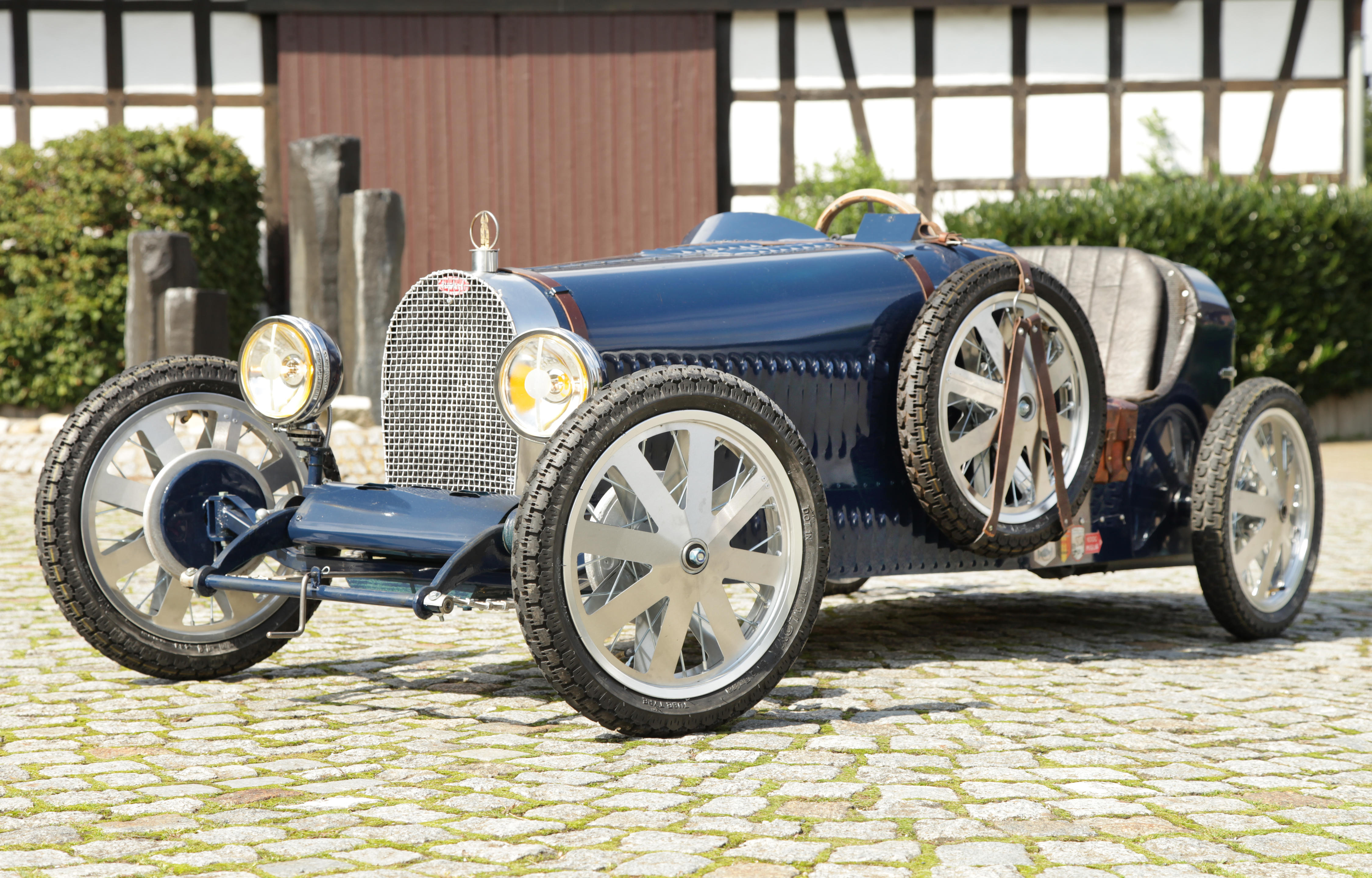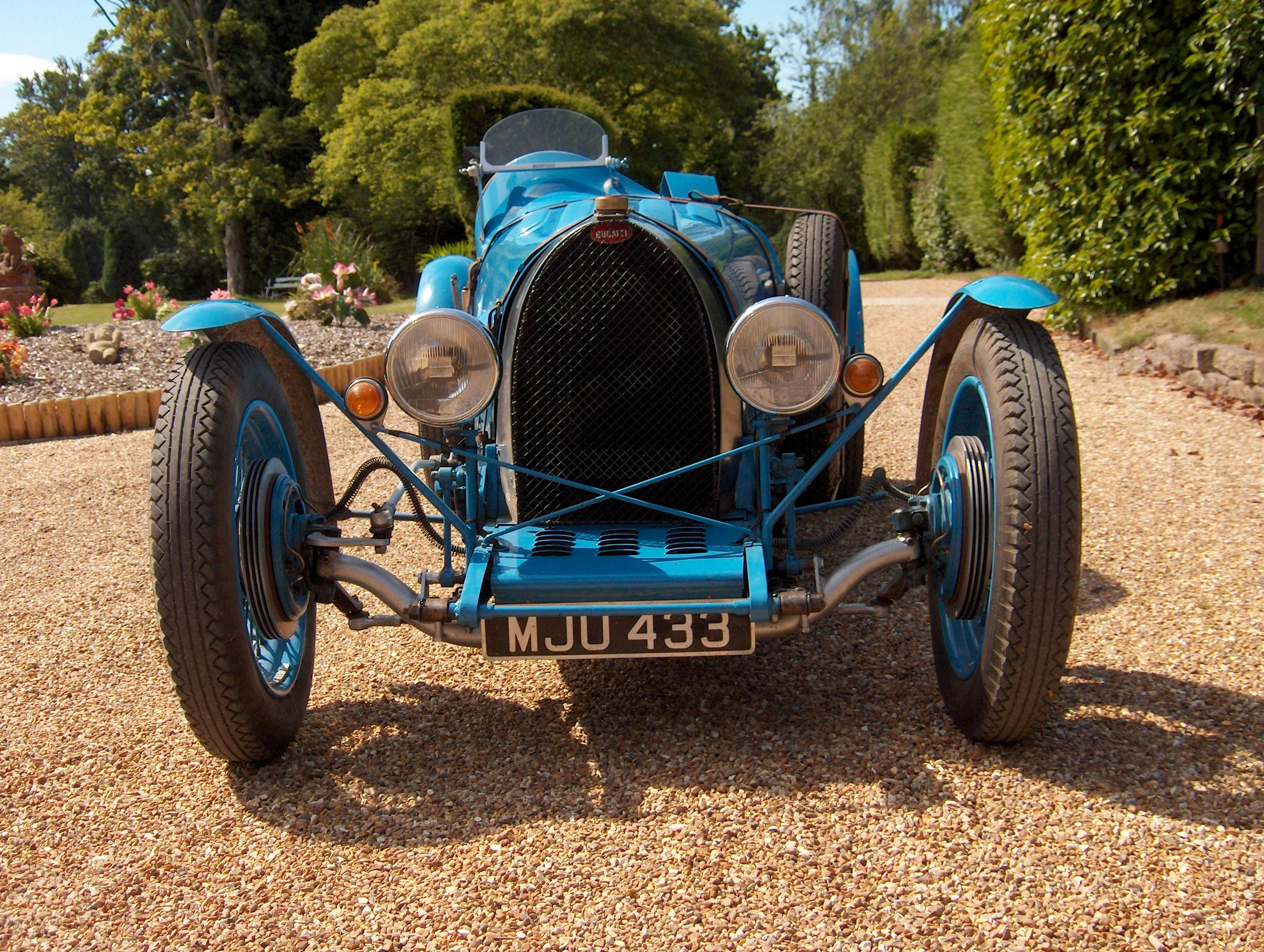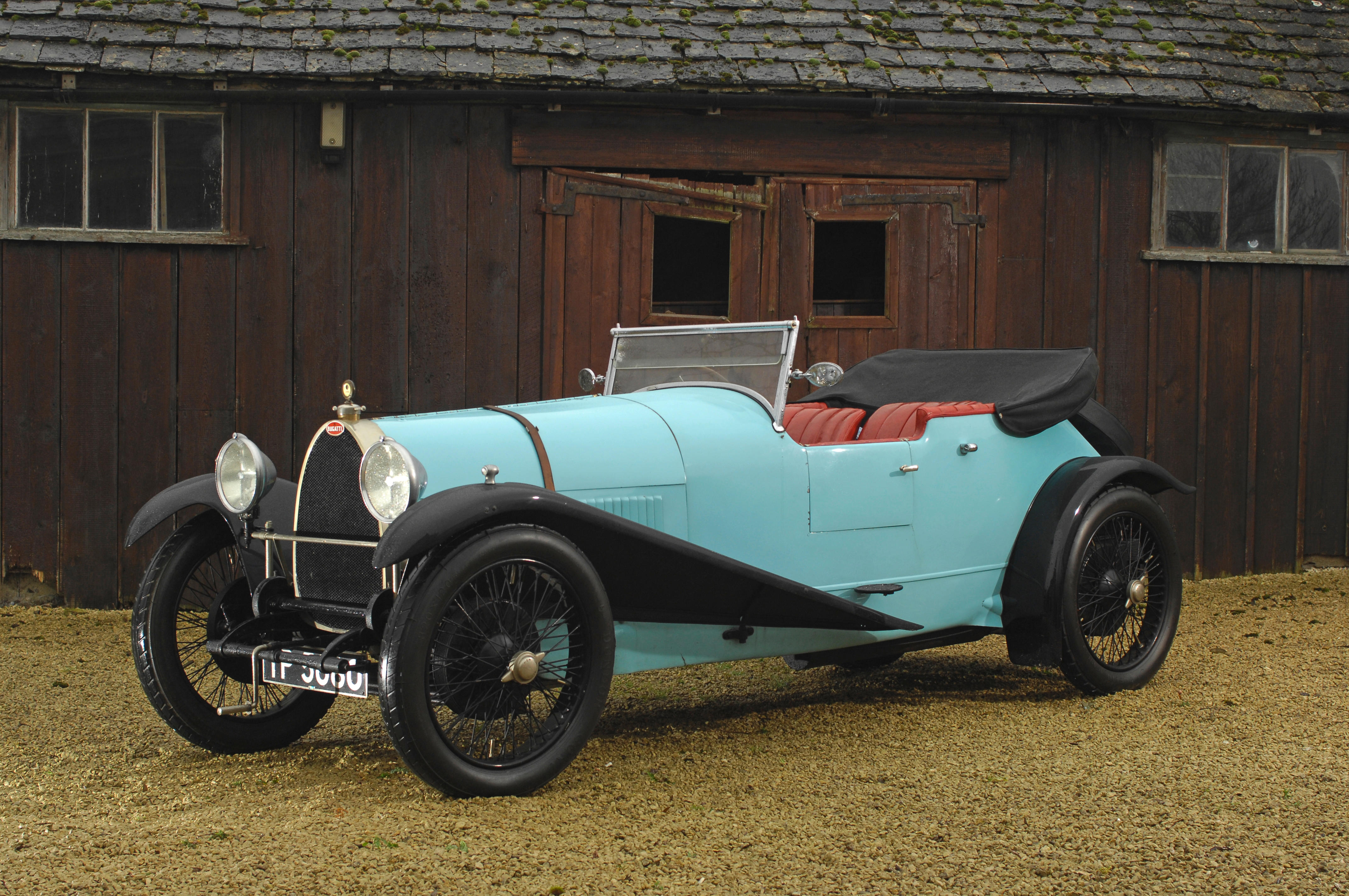Type '35-R' has been produced to meet the growing demand for a high-speed, high-grade, moderate priced racing car, which a private individual may take out on the road, and safely and consistently drive at a speed between 70 and 80 miles an hour, from the 1911 Mercer Sales Catalogue. FORMERLY THE PROPERTY OF MRS. JOHN GRAY HERBERT ROYSTON and PHIL HILL 1913 MERCER TYPE 35 J RACEABOUT Chassis No. 1285 Engine No. 35 J 1010 Canary Yellow with black striping and black leather upholstery Engine: four cylinder T-head, dry sump lubrication, 300ci, (5 litre), 60hp at 1,900rpm; Gearbox: four speeds forward plus reverse; Suspension: semi-elliptic leaf springs front and rear with Hartford friction shock absorbers; Brakes: two wheel drum and a contracting shoe on the drive shaft. Right hand drive. The legendary T-Head Mercer Raceabout was one of the most significant cars produced during the glorious Brass Age. The enthusiasm shared by those fortunate few owners and admirers who have experienced the thrill of a Raceabout has elevated these pioneering sports cars to mythical status. Following the instructions of the young Washington A. Roebling II, one of the Mercer Company's founders, chief engineer Finley Robertson Porter created the greatest sports car of the Edwardian Era. When one takes into consideration the pool of knowledge and technology available in 1910, Porter's design is remarkable. Although he did not incorporate the newest and most advanced ideas, he combined and utilized each element of his design to maximum effect so that the overall package was a near-perfect design for its time. The 300 cubic inch four cylinder engine had massive 2.25 inch valves, high lift cams, high compression ratio and generous and efficient intake/exhaust manifolding. This was mated to a beautifully engineered Brown & Lipe gearbox, in three speed form for 1911 and 1912, and four speed for 1913 and 1914, with a multiple disc clutch. The drive unit was set down in a sub frame to lower the center of gravity on the already low slung chassis, which was clothed in long swooping fenders, raked cowl, steering column and twin rear spare tires. Is there a better example of form following function? The T-Head Mercer Raceabout was the first mass produced dual purpose sports and racing car - and indeed, many Mercers were taken right off the showroom floor to a race track where, with their fenders, running boards and lighting equipment quickly removed (this takes about 15 minutes), they would frequently set lap records, defeating cars with much larger engines. As Finley R. Porter recalled in an interview with Henry Austin Clark in the 1950s, We sold racing cars to the public. The best drivers always gravitate to the best cars and Mercer was no exception: Ralph DePalma, Spencer Wishart, Caleb Bragg, Eddie Pullen, Hughie Hughes and Barney Oldfield were a few of the stars of the era - not to mention the many private amateur sportsmen who were victorious behind the wheel of Mercers. As noted historian and collector George F. Wingard states in his authoritative book Wolves in Sheep's Clothing , Mercer dominated the American racing scene for five years from 1911 through 1915. They made cars that beat the dual overhead cam Peugeots, considered by some to be one of the best race cars of all time. In 1914 Mercer became the first American manufactured car to win the American Grand Prix. They won the AAA stock car championship of 1911. They took third place at the Indianapolis 500 in 1912 and second in 1913 running against cars with engines twice their size. They won at Elgin, Tacoma, Santa Monica, Trenton, Bakersfield, St. Louis, Washington D.C., Sioux City, Phoenix, Springfield, Mass., and Brighton Beach just to name a few. In every major race from 1911 to 1916 a Mercer was usually a major contender. If the phenomenal race record of the Mercer was not enough proof of its worth, consider the list of respected collectors who have chosen to own a T-Head Raceabout: Bill Har
Type '35-R' has been produced to meet the growing demand for a high-speed, high-grade, moderate priced racing car, which a private individual may take out on the road, and safely and consistently drive at a speed between 70 and 80 miles an hour, from the 1911 Mercer Sales Catalogue. FORMERLY THE PROPERTY OF MRS. JOHN GRAY HERBERT ROYSTON and PHIL HILL 1913 MERCER TYPE 35 J RACEABOUT Chassis No. 1285 Engine No. 35 J 1010 Canary Yellow with black striping and black leather upholstery Engine: four cylinder T-head, dry sump lubrication, 300ci, (5 litre), 60hp at 1,900rpm; Gearbox: four speeds forward plus reverse; Suspension: semi-elliptic leaf springs front and rear with Hartford friction shock absorbers; Brakes: two wheel drum and a contracting shoe on the drive shaft. Right hand drive. The legendary T-Head Mercer Raceabout was one of the most significant cars produced during the glorious Brass Age. The enthusiasm shared by those fortunate few owners and admirers who have experienced the thrill of a Raceabout has elevated these pioneering sports cars to mythical status. Following the instructions of the young Washington A. Roebling II, one of the Mercer Company's founders, chief engineer Finley Robertson Porter created the greatest sports car of the Edwardian Era. When one takes into consideration the pool of knowledge and technology available in 1910, Porter's design is remarkable. Although he did not incorporate the newest and most advanced ideas, he combined and utilized each element of his design to maximum effect so that the overall package was a near-perfect design for its time. The 300 cubic inch four cylinder engine had massive 2.25 inch valves, high lift cams, high compression ratio and generous and efficient intake/exhaust manifolding. This was mated to a beautifully engineered Brown & Lipe gearbox, in three speed form for 1911 and 1912, and four speed for 1913 and 1914, with a multiple disc clutch. The drive unit was set down in a sub frame to lower the center of gravity on the already low slung chassis, which was clothed in long swooping fenders, raked cowl, steering column and twin rear spare tires. Is there a better example of form following function? The T-Head Mercer Raceabout was the first mass produced dual purpose sports and racing car - and indeed, many Mercers were taken right off the showroom floor to a race track where, with their fenders, running boards and lighting equipment quickly removed (this takes about 15 minutes), they would frequently set lap records, defeating cars with much larger engines. As Finley R. Porter recalled in an interview with Henry Austin Clark in the 1950s, We sold racing cars to the public. The best drivers always gravitate to the best cars and Mercer was no exception: Ralph DePalma, Spencer Wishart, Caleb Bragg, Eddie Pullen, Hughie Hughes and Barney Oldfield were a few of the stars of the era - not to mention the many private amateur sportsmen who were victorious behind the wheel of Mercers. As noted historian and collector George F. Wingard states in his authoritative book Wolves in Sheep's Clothing , Mercer dominated the American racing scene for five years from 1911 through 1915. They made cars that beat the dual overhead cam Peugeots, considered by some to be one of the best race cars of all time. In 1914 Mercer became the first American manufactured car to win the American Grand Prix. They won the AAA stock car championship of 1911. They took third place at the Indianapolis 500 in 1912 and second in 1913 running against cars with engines twice their size. They won at Elgin, Tacoma, Santa Monica, Trenton, Bakersfield, St. Louis, Washington D.C., Sioux City, Phoenix, Springfield, Mass., and Brighton Beach just to name a few. In every major race from 1911 to 1916 a Mercer was usually a major contender. If the phenomenal race record of the Mercer was not enough proof of its worth, consider the list of respected collectors who have chosen to own a T-Head Raceabout: Bill Har














Testen Sie LotSearch und seine Premium-Features 7 Tage - ohne Kosten!
Lassen Sie sich automatisch über neue Objekte in kommenden Auktionen benachrichtigen.
Suchauftrag anlegen